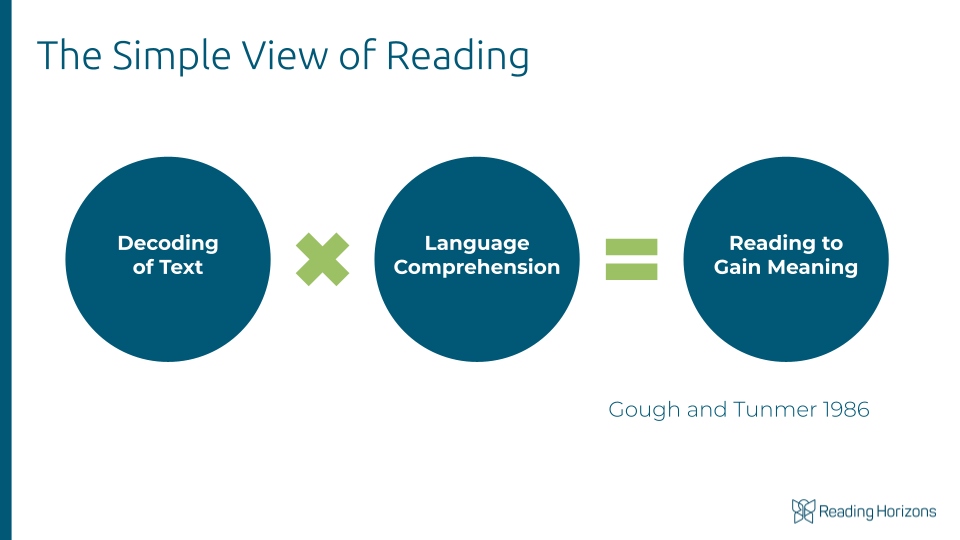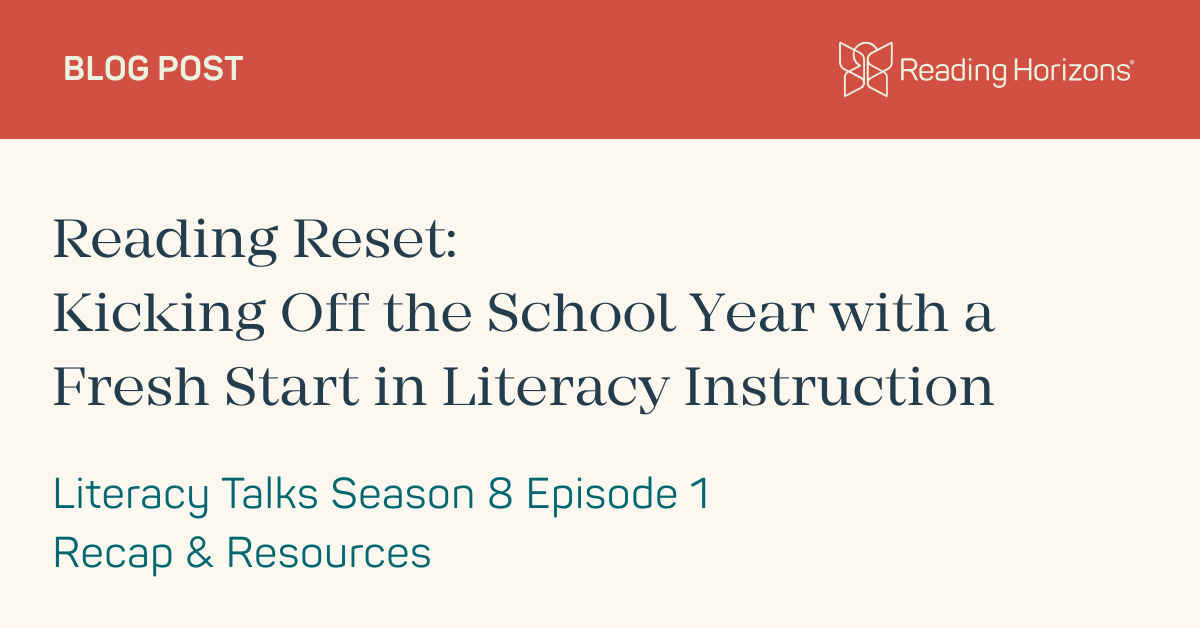The start of a new school year is an ideal time for educators to reset, reflect, and refocus. In Season 8, Episode 1 of Literacy Talks, hosts Stacy Hurst, Donell Pons, and Lindsay Kemeny dive into the idea of a “Reading Reset” and what that means for educators at all levels. Whether you’re a classroom teacher, a literacy coach, or a tutor, this episode offers actionable insights into how to approach the year ahead with intention and clarity, using proven back to school reading strategies.
Why a “Reading Reset” Matters
As Lindsay points out, the beginning of the year is a natural time to reflect on teaching practices—what worked, what didn’t, and what can be improved. Donell frames the conversation around seeing each year as an opportunity to refine and adjust, rather than overhaul. Stacy highlights how even small tweaks, guided by reflection and data, can lead to significant improvement over time. These are key elements of effective back to school reading strategies.
The Foundations: Structured Literacy & Science of Reading
A key focus of this episode is on the components of Structured Literacy, which align with the Science of Reading. Donell revisits foundational elements such as:
- Phonemic Awareness
- Phonics
- Orthography
- Morphology
- Vocabulary
- Syntax
- Discourse Comprehension
For educators seeking to deepen their understanding, the hosts recommend reviewing past podcast episodes on Structured Literacy and checking out Louise Spear-Swerling’s work, including her book, The Power of RTI and Reading Profiles. Her insights into discourse comprehension and the importance of integrating reading components are especially valuable.
Listen to our past episodes on Structured Literacy here: Structured Literacy Series
Seven Mighty Moves for Literacy Success
Lindsay highlights her book, Seven Mighty Moves, which organizes key instructional shifts she made based on evidence-based practices. These include:
- Teaching phonemic awareness intentionally
- Explicit phonics instruction
- Intentional fluency practice
- Strategic use of reading strategies
- Emphasizing vocabulary and background knowledge
- Centering text in instruction
Explore Lindsay’s resources: Seven Mighty Moves
Making Data Work for You
Both Lindsay and Stacy stress the importance of using data to understand student needs. Lindsay shares how she uses end-of-year data from kindergarten (like Acadience) to form student groups and plan early interventions. Stacy emphasizes the importance of interpreting data through frameworks like the Simple View of Reading and Scarborough’s Reading Rope.
Learn more about Acadience Reading Review Scarborough’s Reading Rope.
Integrating Core Reading Skills into Daily Practice
One of the episode’s most practical discussions centers on how to integrate key reading components into everyday teaching. Lindsay reminds listeners that while instruction may be segmented (phonics, vocabulary, comprehension), the goal is integration. Teachers can begin with small, manageable changes that accumulate over time. Donell and Stacy emphasize that understanding data and knowing student profiles are crucial for delivering targeted, effective instruction. These tips are foundational to strong back to school reading strategies.
Challenges and Support for New Teachers
Stacy offers thoughtful advice for new teachers, including:
- Play the “rookie card” to ask questions and seek help.
- Learn student names and build relationships early.
- Use data not only to identify needs but also to celebrate growth.
She also recommends using familiar models and theories (like the Simple View of Reading) to guide instruction and assessment choices.

Resetting as a Tutor
Donnell shares her unique perspective as a tutor, emphasizing how goal setting and student interest help maintain motivation year-round. She also discusses the long journey of supporting students with dyslexia, highlighting the importance of persistence and individualization.
Keeping Momentum Alive
The hosts agree that maintaining momentum is about setting realistic goals, celebrating small wins, and having a support system. Lindsay suggests doing early assessments to track progress and using that data to keep motivated. Stacy adds that looking for students’ strengths can help inform instruction and sustain energy through the year.
Final Thoughts
This episode is a rich reminder that a “Reading Reset” doesn’t require a full-scale overhaul. Instead, it’s about thoughtful reflection, strategic adjustments, and consistent effort. Whether you’re setting up your classroom, analyzing data, or planning phonics lessons, each small step contributes to stronger outcomes for students. By following these back to school reading strategies, educators can start the year grounded in research and purpose.
Resources Mentioned:
- Structured Literacy Episodes – Literacy Talks
- Louise Spear-Swerling: The Power of RTI and Reading Profiles
- Seven Mighty Moves by Lindsay Kemeny
- Acadience Learning
- Scarborough’s Reading Rope
- Reading Horizons At-Home Resources
Stay tuned for upcoming episodes, which will dive deeper into many of the themes discussed here. Let this be the year your reading instruction resets and re-energizes!

